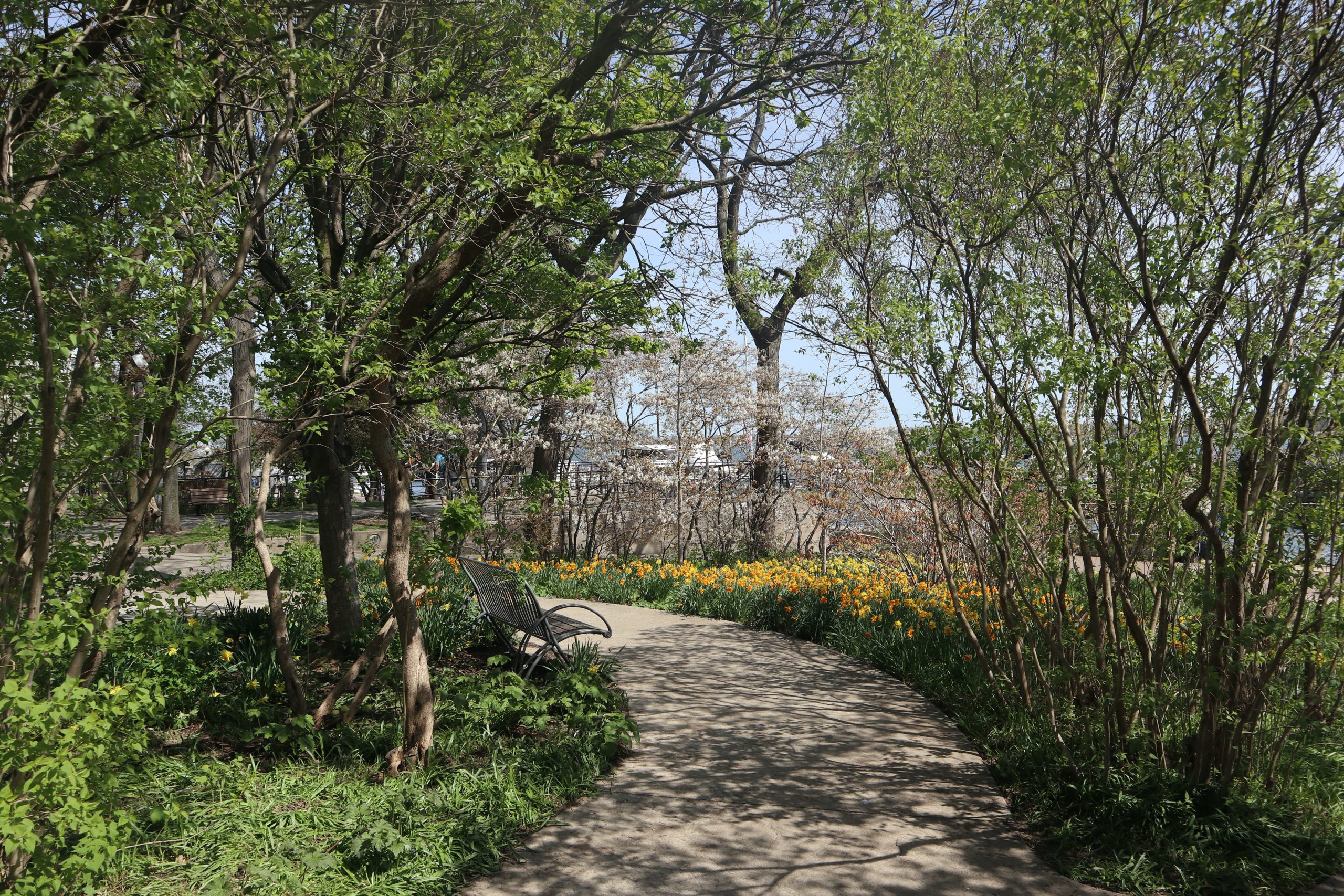Situating this Faculty Training Module
Photo by Annie Spratt on Unsplash
An Offering
Charting a Path for Greening the Trades: A Faculty Training Module for Landscape Horticulture represents a snapshot of knowledge and practices at the time of creation. Equally important, this faculty training module is not perfect; however, it’s an attempt to share ideas and practical ways to start adjusting pedagogy and practices to address complex local, regional, and global issues.
Recognizing that learning is a dynamic and continuous journey, the ideas and content presented here reflect an understanding of particular perceptions, times, and places. With the acknowledgement that the landscape of personal and collective knowledge in this area will evolve, learners are encouraged to embrace this module as a starting point on their ongoing journey to greening their pedagogy and practices. Learners are encouraged to stay curious, remain open to new insights, and explore additional resources as the field of landscape horticulture and sustainability evolves.
Photo by Justin Ziadeh on Unsplash
Technical, Vocational Education and Training (TVET)
Regenerate (to renew/restore/respect)
As horticulture educators, a major element of our job is to prepare students with theoretical knowledge and technical skills to support their successful integration and leadership in the horticulture industry. In navigating this responsibility, pedagogy becomes crucial, as it refers to the variety of choices that educators make, impacting both the content (what we teach) and the mode of instruction (how we teach). In fact, some experts in TVET teaching and learning say that pedagogy and curriculum choices are the same (Vinden, 2020). In other words, we teach who we are, and this influences the culture of learning and, by extension, the culture of the horticulture industry.
Vocational pedagogy is defined as “the science, art, and craft of teaching and learning in TVET [technical, vocational education, and training]” (Lucas, 2014, p.5). TVET instructors are industry experts who often transition into education as a second career, shifting identities to strike a balance between tradesperson and educator. To achieve this transition, it is essential to develop a personal teaching philosophy that transforms skillsets from knowing what to teach to knowing how to teach (Lucas, 2014). Lee Shulman’s concept of signature pedagogy has been used as a pathway to unearth the root of what shapes TVET instructors’ vocational pedagogy (Lucas, 2014). Lucas explains the concept of signature pedagogy as “types of teaching that organize the fundamental ways in which future practitioners are educated for their new professions” (p.52).
A key theme in TVET stems from the notion that “vocational pedagogy is the sum total of the many decisions that vocational teachers take as they teach, adjusting their approaches to meet the needs of learners and to match the context in which they find themselves (Lucas, 2014). In other words, in addition to learning outcomes and skills, TVET instructors’ choices in teaching and learning design and delivery direct students to develop skills that represent the “personalities, dispositions, and cultures” of a certain profession (Shulman, 2005, p.52).
Historically, the TVET curriculum has been predominantly designed and delivered from a skilled-based approach that orients the learner to value the practical application of knowledge (Hordern, 2014; Lucas, 2014). However, there is currently a shift in vocational pedagogy that is moving away from isolated skills-based learning and recognizes TVET as a pathway for students to develop wider skills needed to effectively contribute to changing industries and societies (Lucas & Claxton, 2009).
Landscape Horticulture Curriculum in Canada
Landscape horticulture is a pan-Canadian harmonized certification program administered through the Canadian Council of Directors of Apprenticeship (CCDA) which is responsible for apprenticeship training and trade certification. The pan-Canadian harmonization process aims to align apprenticeship systems across Canada by making apprenticeship training requirements more consistent in the Red Seal trades. The CCDA comprises 15 members, including one official from each province and territory and two federal government representatives from the Department of Employment and Social Development Canada. The CCDA as a body, does not have any regulatory powers regarding training and certification in the skilled trades. However, the individual CCDA directors of apprenticeship and their organizations may hold regulatory powers through specific provincial or territorial legislation. Provinces and Territories have individual certification bodies that support the credentialing of trades; for example, in British Columbia (BC), the trades certification body is Skilled Trades BC.
As each Province and Territory is responsible for credentialing, they also have oversight and authority over the training providers who can provide the horticulture curriculum. Within each public or private post-secondary institution or training provider are curriculum and educational standards committees, which provide input to TVET faculties and finally to TVET instructors on the delivery of the horticulture curriculum. However, the horticulture instructor serves as the closest link between the horticulture curriculum and the student in the learning ecosystem.
Therefore, the instructor has an essential task of reflecting on how they may shape student perceptions of the horticulture curriculum and the culture of the horticulture industry through their teaching design and delivery (also known as pedagogy or curriculum culture).




Feedback/Errata